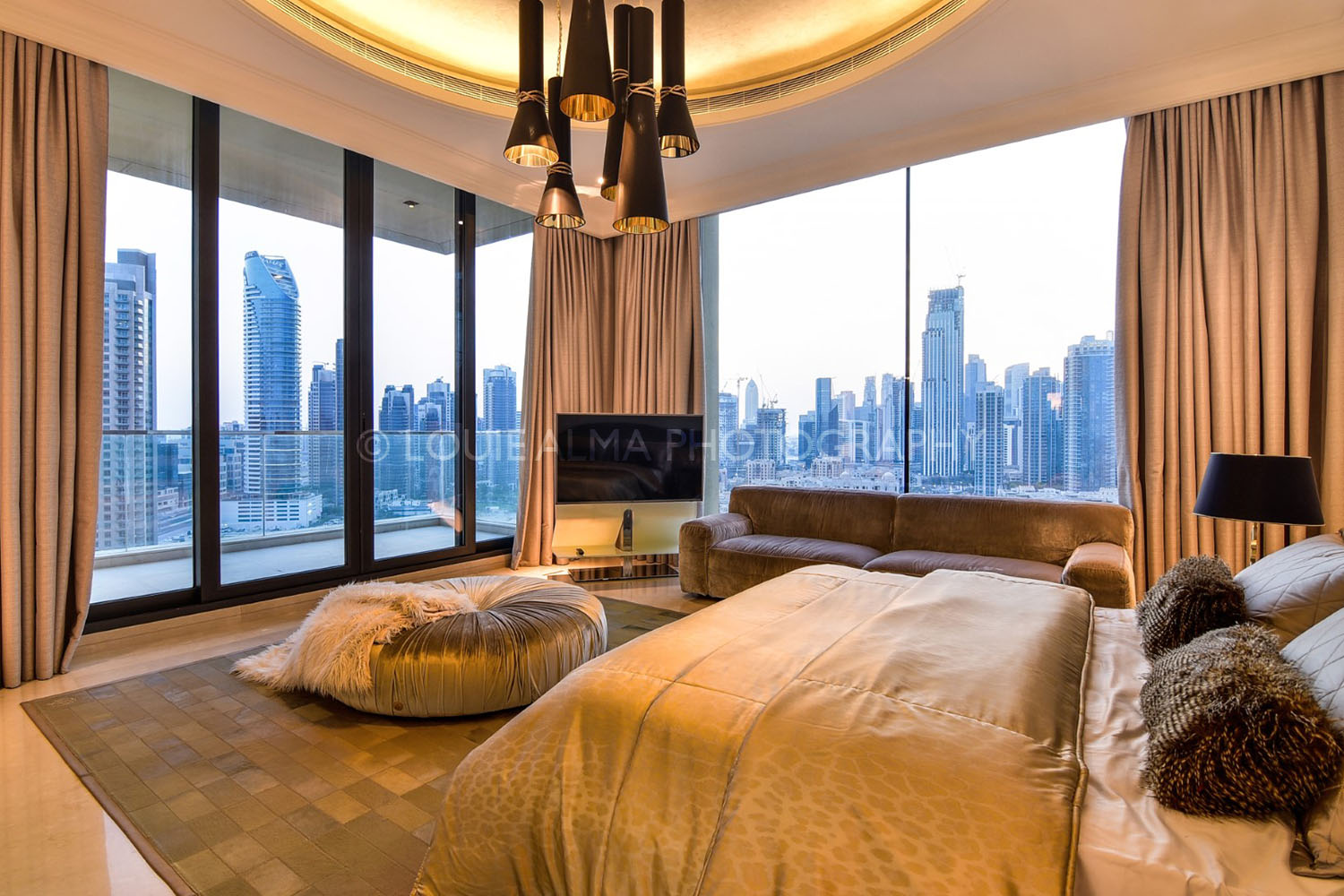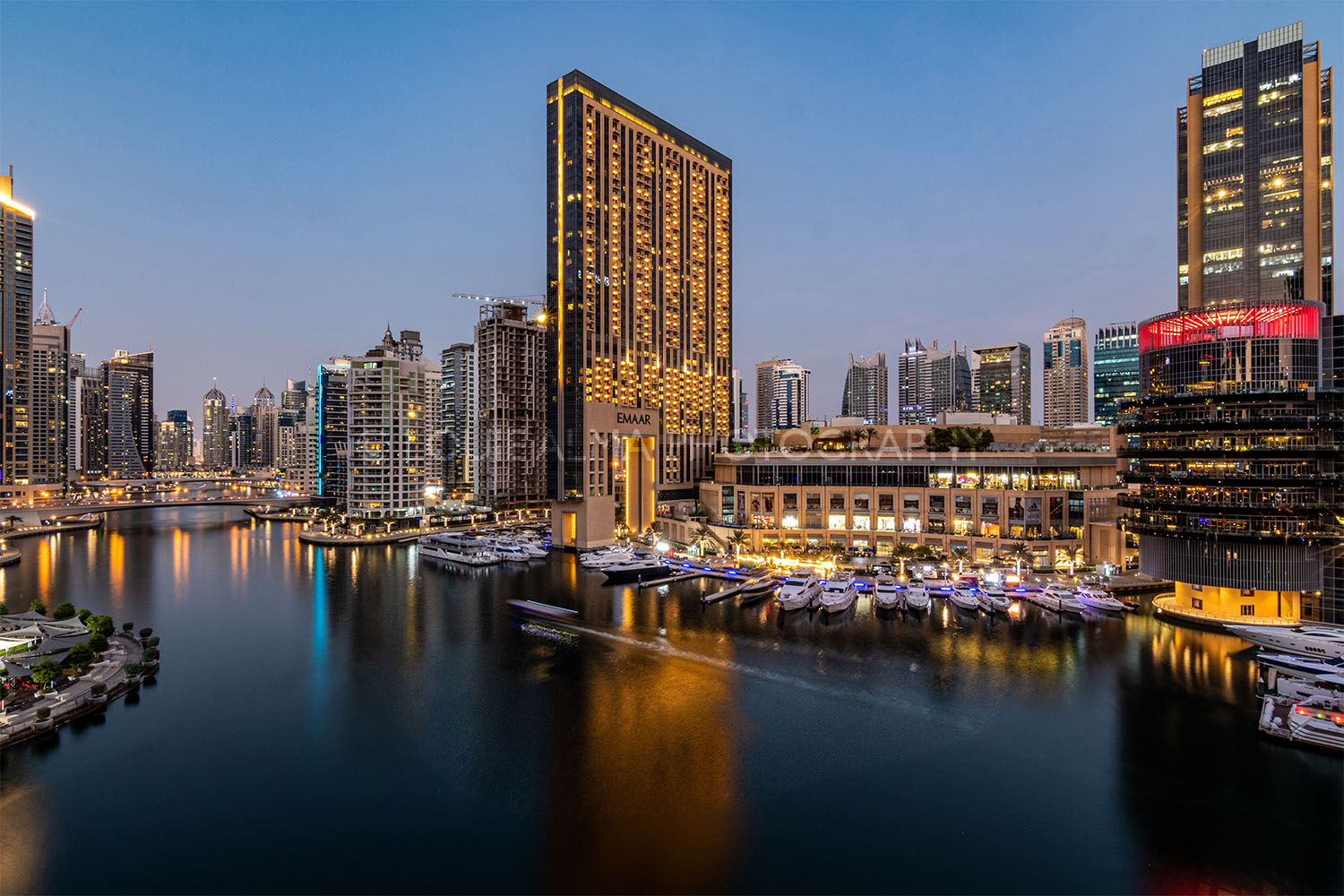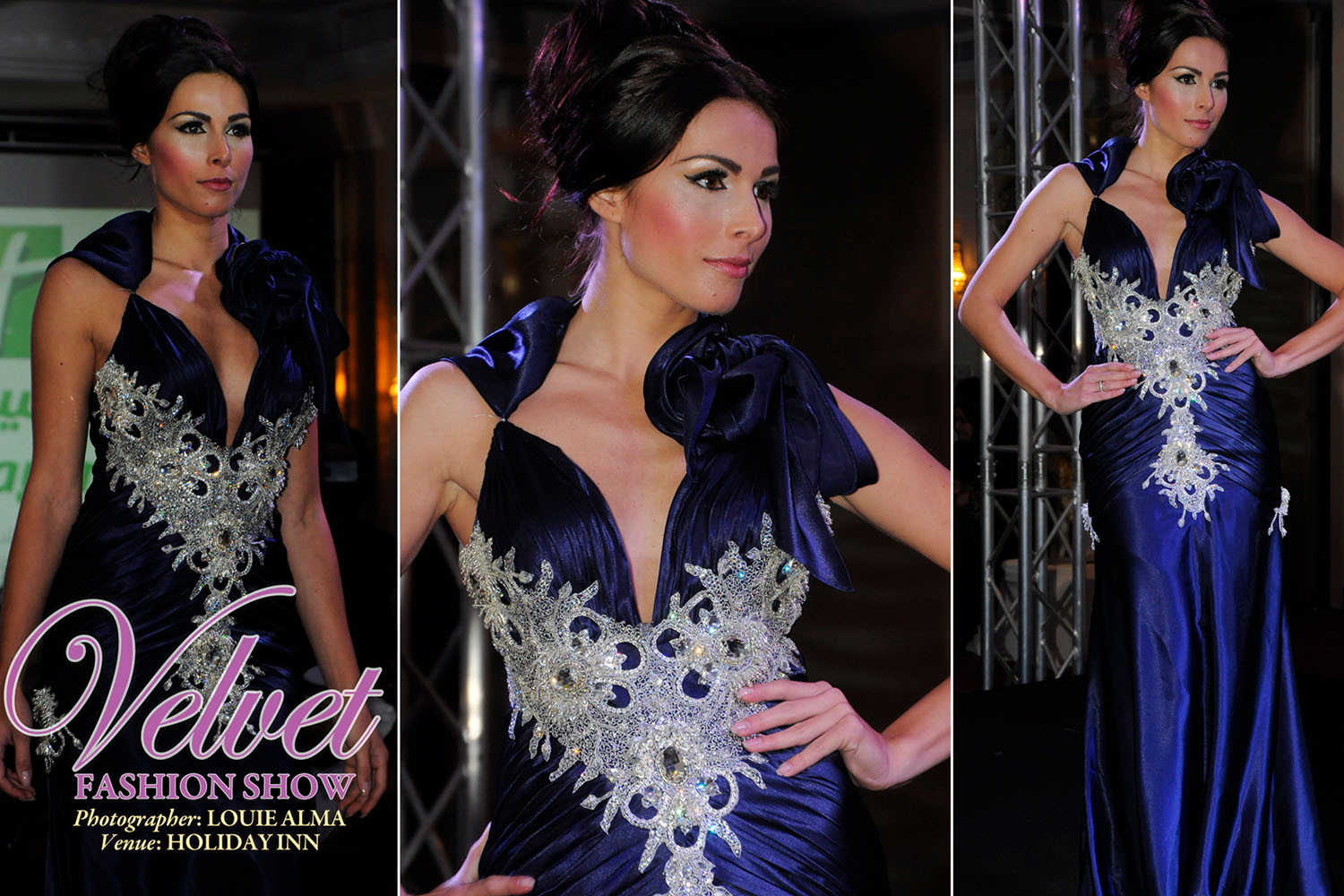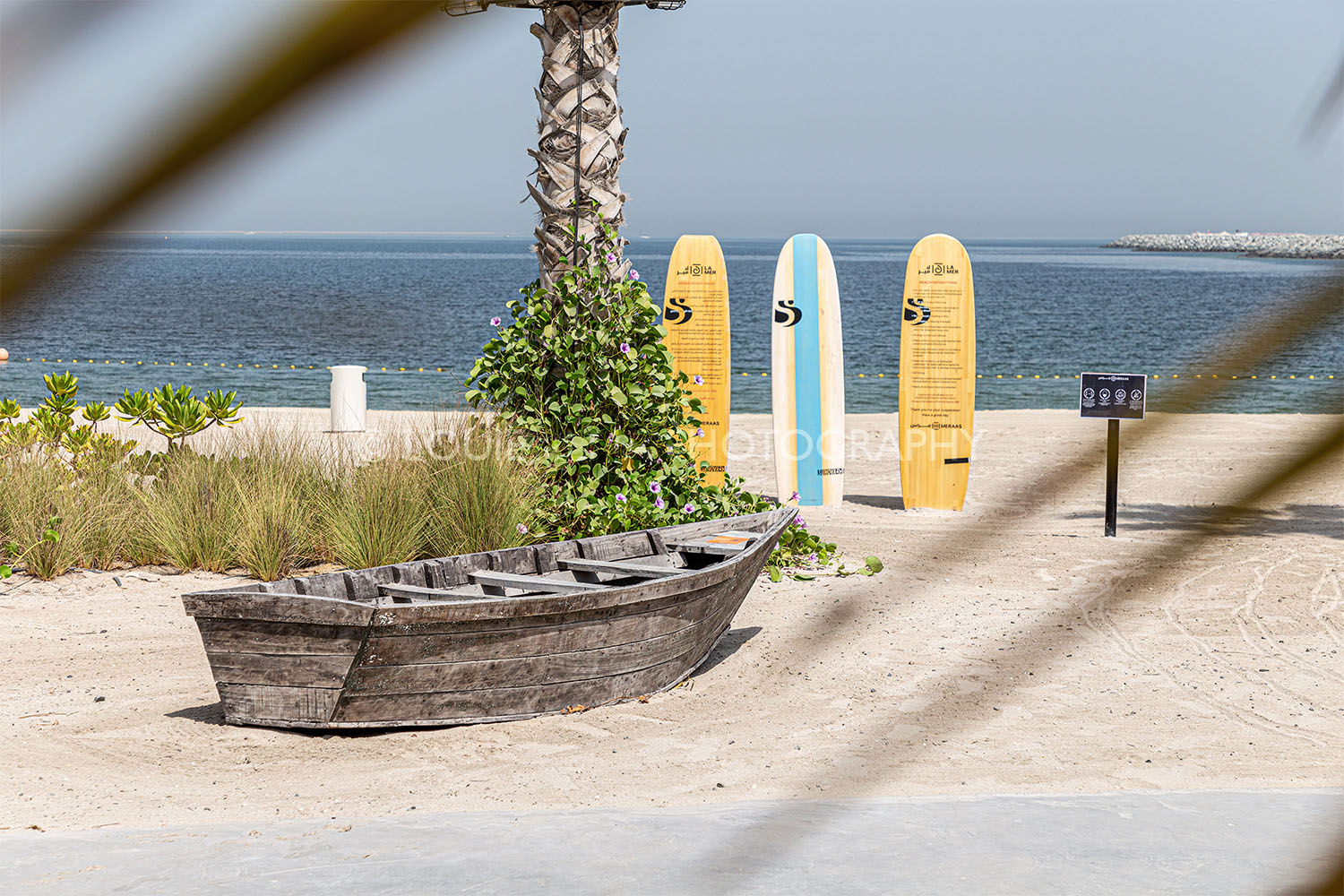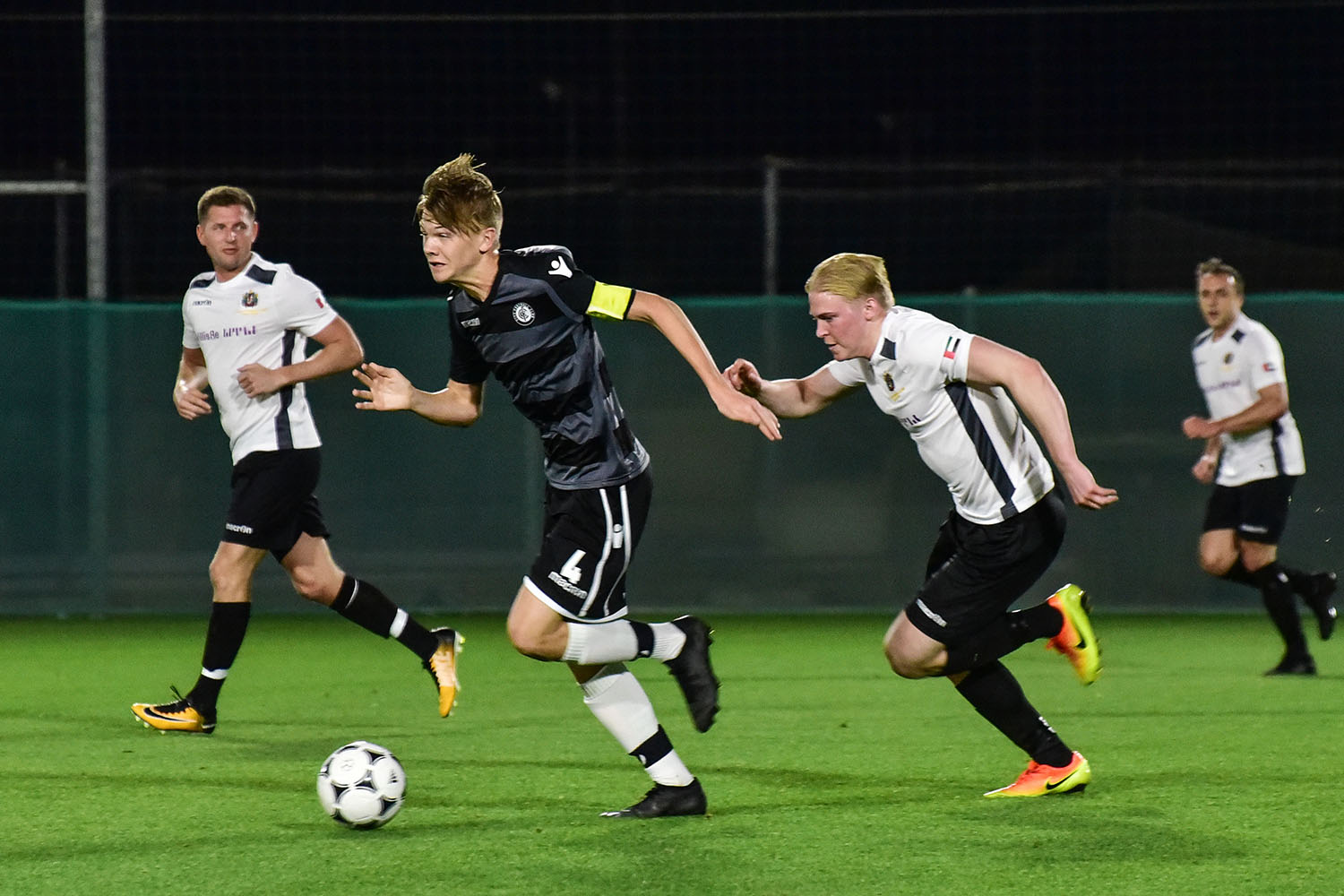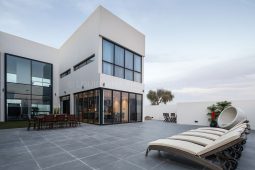Photography News: Sony 16-28mm f/2 Rumor, Holiday Lens Sales
This week, while testing a new tripod in the dark aviary at Prague Zoo, I recalled the words that once slipped out of my mouth when I refused to leave a photo spot and admit that the day was over. I said it as a joke, but it pretty much sums up why some of us lug around heavy and clumsy telephoto lenses. “Do you know what the advantage of f/2.8 aperture is?” I asked my friends, who were slowly packing up their slower lenses. “That you can use it.” A few turns of the aperture, and you can keep shooting where a slower lens can’t. However, we pay a hefty price for those few minutes at the end of the day! But enough philosophizing – it’s time to take a look at this week’s photography news.



